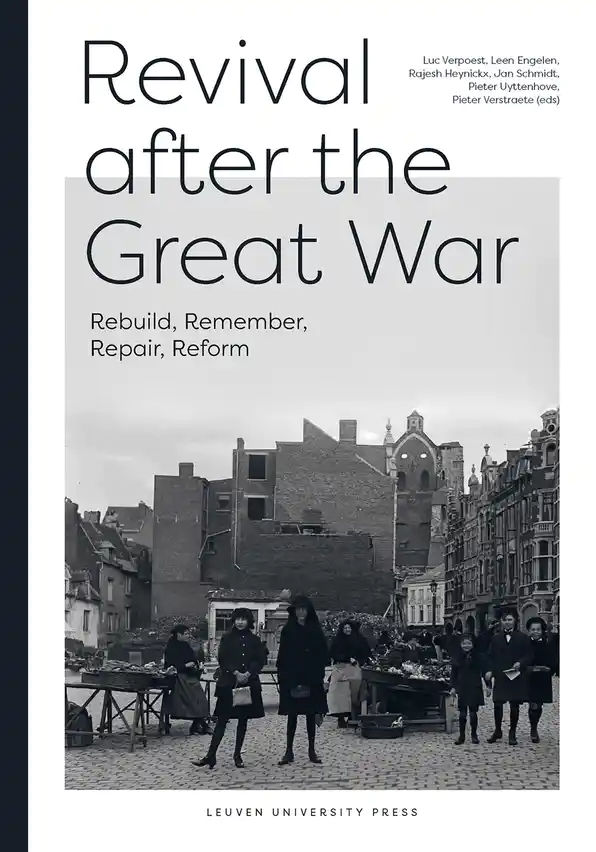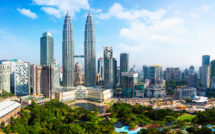

Revival after the Great War: Rebuild, Remember, Repair, Reform
By Luc Verpoest et al. (eds.)
Publisher: Leuven University Press
Recommended by Hélène B. Ducros
Over one hundred years after the end of the Great War, the nations involved in the conflict are still finding their respective ways to remember the deep social and political disruption it caused and commemorate the many lives lost. As quickly as the memory of the military encounter was cultivated after the war, honoring the soldiers who died in millions in the trenches―many remaining anonymous―the book argues that the innumerable civilians whose lives were also profoundly affected during and after the war have been left behind in these memorial efforts. Beyond treaties and warfare history, one of the premises of Revival after the Great War is that every day people have been neglected in post-war remembrance practices and that the “cultural history of the Great War” that has emerged in the last decades is a needed development to palliate this shortcoming. Engaging in the role of history as a discipline in accounting for simple daily lives, the volume’s editors switch the scale of analysis down from international and national organizations to individuals and the mundane. Away from a military or international relations focus, chapters in this edited volume ponder on post-war everyday Europeans (and some non-Europeans). Moreover, moving beyond the understanding of “rebuilding” as a strictly physical/material endeavor (whether entailing bodies or buildings), the book questions history itself as a reconstruction that prompts novel narratives, practices, and approaches.
The book oscillates between presenting the war as a point of rupture or instead a continuation seeking to reenact, reclaim, and revive. Its subtitle encapsulates four facets of this reactivation of society and history. Rebuild, Remember, Repair, and Reform constitute the careful articulation of the volume, along which various case studies―many centered on Belgium―walk the reader through different post-war processes, from urban planning and architecture to the relationship between cities and “modernized” rural areas, the reinsertion of maimed bodies into society, and how the performing arts contributed not only to interpret, express, and share past events, but also to restore or create social constructs anew. Together, the four pillars of post-war memory cover the materiality of heritage-making politics, different sources of memory, ways in which the presence of war invalids affected European societies, and how to place the war in an international institutional context. Readers will draw lessons applicable to the contemporary era―for example about war-induced forced migration and the evolution of nationalism. This rich volume should naturally be of interest to WWI historians. But beyond this obvious appeal, the book speaks to scholars in memory studies and anyone exploring commemorative landscapes and processes to better understand how the past is used to forge a future (and which/whose future).




